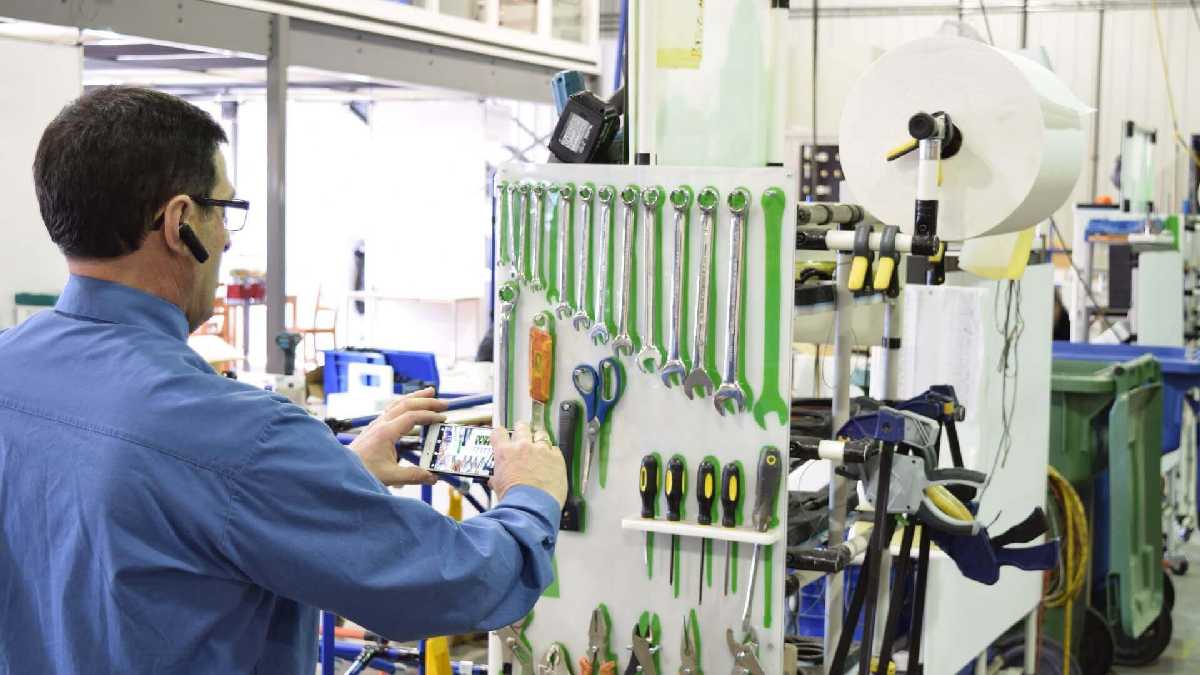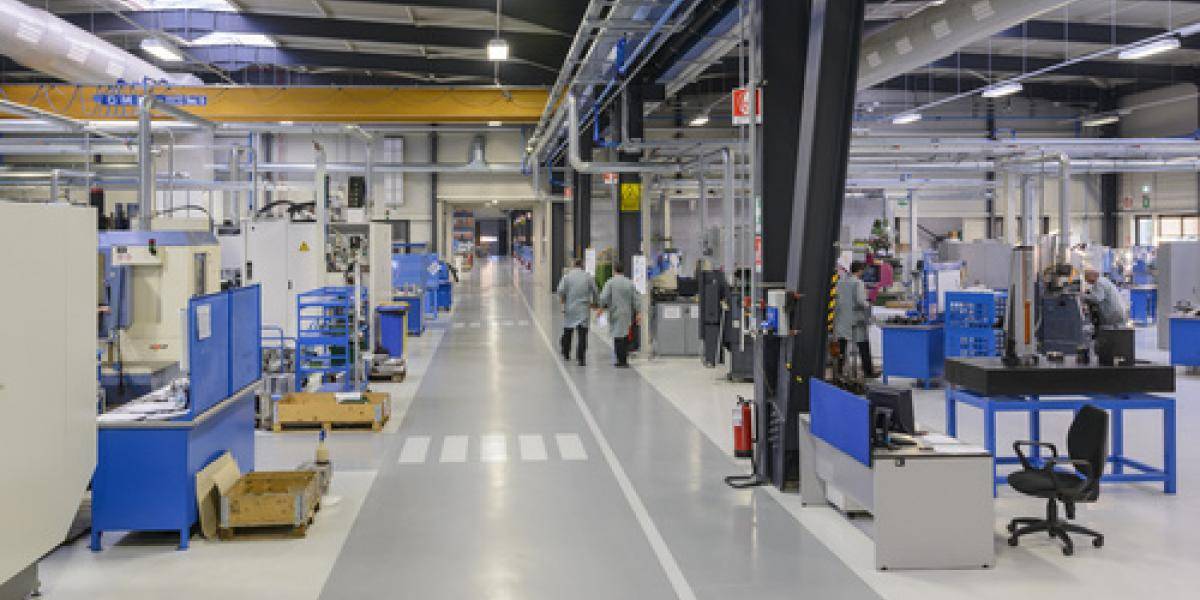Why should you care
In order to keep up with the changes in the world economy, it is also essential to seek to increase productivity and reduce costs through lean manufacturing and an adequate work environment.
The implementation of the 5S Program is essential to ensure the effectiveness of any and all quality programs and will result in improvements in behavior, standardization, cleanliness, organization and preparing your business for advanced lean manufacturing projects.
The 5S guides to the good profit and coexistence with the news: how to observe, evaluate and make appropriate decisions for our growth and formation as a person, citizen and professional, allowing the practice of essential values so that there is commitment and participation of people, essential conditions greater competitiveness and productivity.
80%
(%) of the companies that do not have a 5S program in place have critical quality problems and are unable to advance in effective process improvement due to undeveloped skills and attitudes in their work team.

How our 5S Program implementation methodology can help you
The physiology 5S, originated in Japan and was "imported" into Brazil to serve as a basis for creating an environment conducive to the implementation of quality management.
The implementation of the "5S Program" results in the transformation of the environment of the organizations and mainly in the attitude of the people, improving the quality of life of the employees, reducing waste, reducing costs and increasing the productivity of the organizations.
Continuous improvements are a strong ally of fertile environments. It is recommended for companies that wish to implement Quality Management Systems, based on ISO standards and “Lean Manufacturing” (Lean Manufacturing).
How it works
We propose a consultancy for the implementation of the 5S Program using interactive and easy-to-use tools, which can be put into practice in a short period of time.
This proposal is ideal for working:
- Awareness of the need for internal improvements and acceptance of change;
- The improvement of the work environment;
- Accident prevention;
- Encouraging creativity;
- Cost reduction;
- The elimination of waste;
- The development of teamwork;
- The improvement of human relations;
- Improving the quality of products and services.



